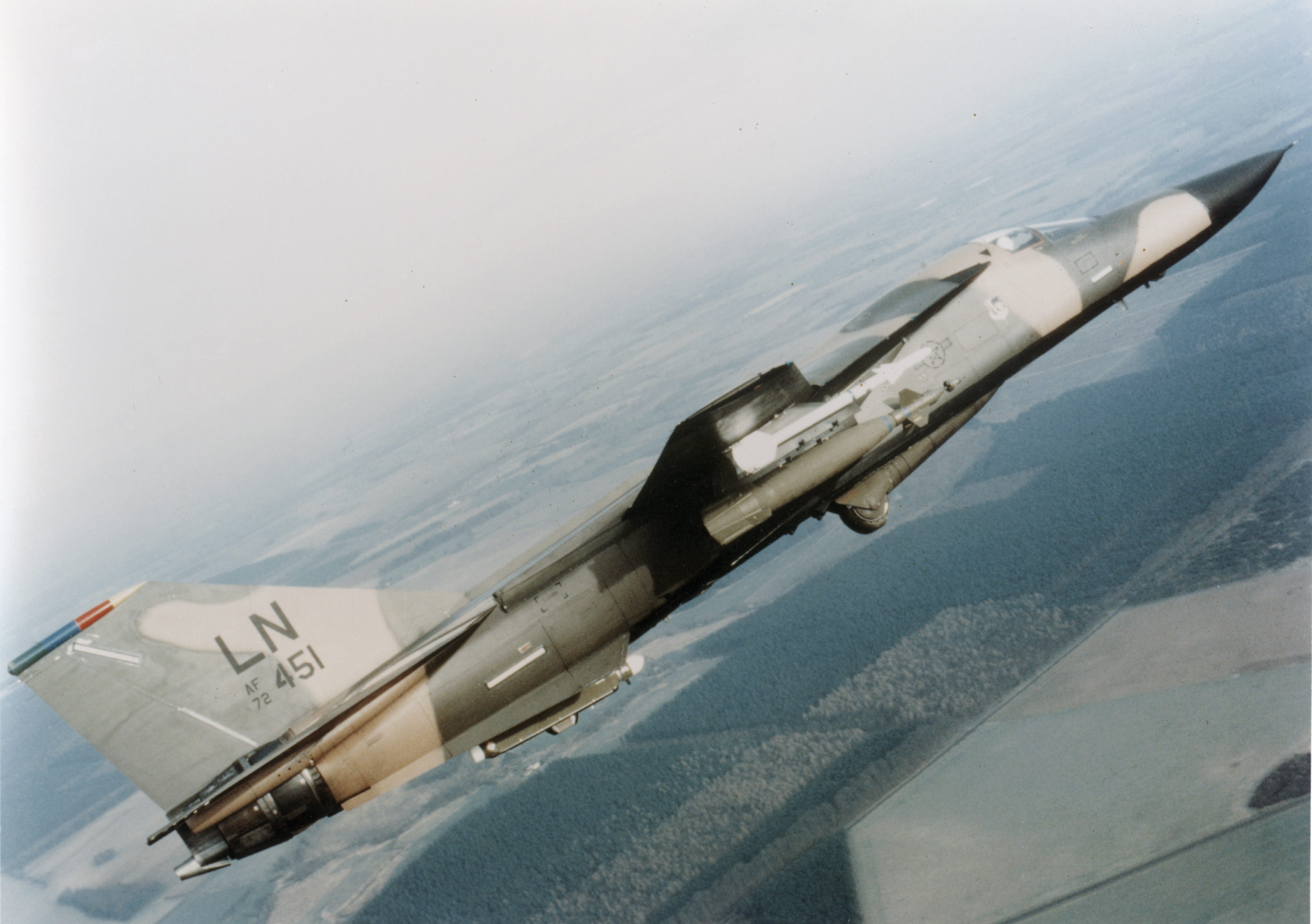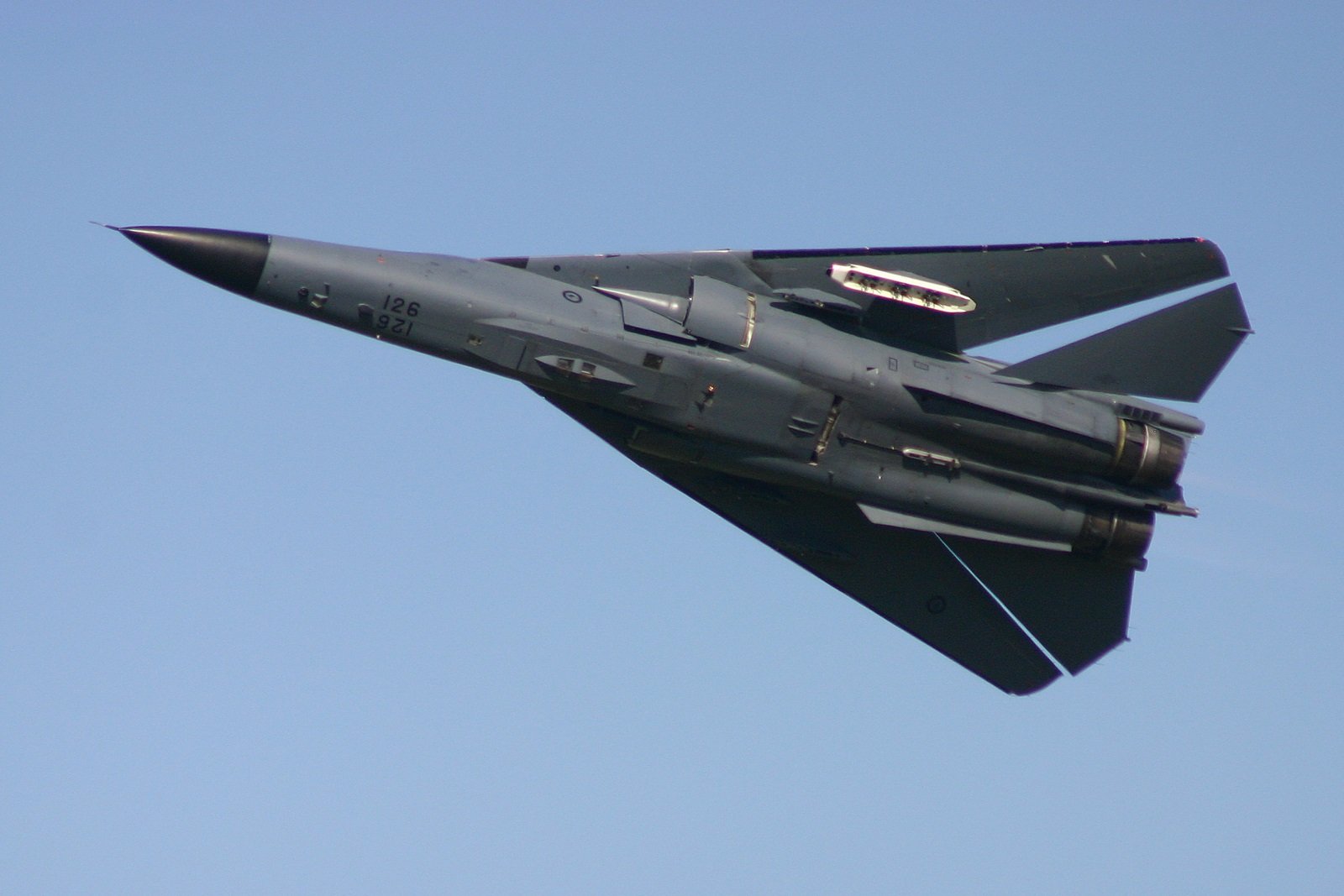Fb-111 Vs F-111 - When the B-1 was canceled, the Air Force pursued a separate, revolutionary version of the FB-111 that carried more than twice as much fuel and ammunition.
For most of its service with the US Air Force, the FB-111A, a version of the Strategic Air Command's F-111 Aardvark, was not very popular. It is a difficult way to work
Fb-111 Vs F-111
The F-111 eventually became one of the most powerful strike aircraft of the Cold War, while the FB-111 required additional bombers to support the Strategic Air Command, with only 76 being built to close the gap to the next generation. the bomb become us However, with the termination of the original B-1 bomber program in 1977, another opportunity suddenly arose for the FB-111 or its derivatives to shine. To take the place of a larger, more advanced bomber, the Air Force began to look for a more advanced "Super FB-111" and the idea remained until the B-1 program was finally revived under the Reagan administration in 1981. The result is today's B-1B Lancer.
Meet The F 111 Aardvark, The Plane Sent To Kill Qaddafi
General Dynamics, the developer of the FB-111A, began studies to improve the aircraft as early as 1974, hoping to address the limited size and payload that caused the aircraft, which was not originally designed for a single mission and the perceived order of the strategic plane. you do it more or less against your will.
Development of a reworked stretched-fuselage version of the FB-111A, eventually known as the FB-111H, took place in secret at General Dynamics as the US Department of Defense committed to the more ambitious B-1 . The company invested nearly $10 million in discretionary funds into the studies, including 800 hours spent evaluating wind tunnel models and completing a quarter-scale model used to calculate the radar cross section in Fort Worth, Texas plant.
President Jimmy Carter had different plans for the B-1, which was canceled in June 1977, describing it as an "expensive weapon" that was "now unnecessary" because of "cruise missile developments fresh water." For a short time at least, the idea of a penetration bomber—one that relied primarily on speed to reach its target rather than bringing down submarines from a safe distance—was dead.
Two and a half months after B-1 got the ax, the House Appropriations Committee began looking at alternatives to B-1's demise. These include simply continuing work on the B-1, developing a new B-X penetration bomb, modifying and upgrading the B-52X penetration bomb design, adapting the B-52 into a more powerful missile fleet, changing commercial or style- fight the army the plane into the launch plane. cruiser platform and the FB-111H. In addition, among all these options, the Carter administration has also advanced stealth technology, including the Advanced Technology Bomber and the F-117 Nighthawk, some of the early history of which you can read here.
General Dynamics F 111 · The Encyclopedia Of Aircraft David C. Eyre
Although the House of Representatives still preferred the B-1, in September 1977 the Senate Armed Services Committee recommended a budget of $20 million for fiscal year 1978 for FB-111H research. The argument is that this aircraft will be able to compete with the B-1 in almost every aspect of performance, except for the load of weapons, which will be half the size of a large bomber.
It is estimated that the first FB-111H can be converted from the FB-111A and fly within two years, followed by the second prototype six months later.
General Dynamics then developed a test plan for these two aircraft. At first it was planned to be used to evaluate the patent, performance, stability and control, expansion, in-flight loading and storage separation. The other will be used for tests of an electronic measurements system, a ground tracking radar, and a navigation/explosion system.

After these two aircraft have been successfully demonstrated, a further 65 examples will be converted from other FB-111As before General Dynamics reopens the production line to produce 100 new build variants.
General Dynamics F 111 Aardvark — Wikipédia
This fleet of 167 aircraft is expected to cost $7 billion, giving a unit cost of $42.1 million, which is less than half the expected cost of each B-1A. Additionally, it is likely that more FB-111Hs may be ordered above that total, allowing the bomber to finally fulfill its full potential as a key component of the Strategic Air Command's fleet and potentially replace The B-52 is aging as well. .
While it will retain 43 percent structural similarity to the FB-111A and 79 percent of its systems will be similar to those found in the previous design, the H model is said to look different from the Aardvark base. Its stretched fuselage will allow for new engines, additional fuel capacity and increased armament, resulting in a redesigned undercarriage and completely different air intakes that will modify instead of the variable geometry design of
Of research in detail in the past. The unique F-111/FB-111 crew escape module is to be retained.
The power plant would be a pair of General Electric F101 turbofans, the same engines used in the original B-1As and later B-1Bs, each with 30,000 pounds of thrust in the afterburner.
Tailhook Topics: F 111 Auxiliary Flaps
Visitors to a ceremony prior to the unveiling of the first production B-1B examine a model of the F101 turbofan, US Air Force
The variable-geometry wings will retain the same 70-foot span when fully extended as previous versions of the F-111, but will be able to retract to 60 degrees, compared to 72.5 degrees on the FB-111A . This will eliminate the low supersonic "dash" power, but the H-a model is still expected to be able to reach Mach 0.95 at sea level.
In terms of performance, the FB-111H is planned to achieve a speed of Mach 1.6 above 36,000 feet, a cruise speed of Mach 0.75, and a low-altitude penetration speed of Mach 0.85 when flying at 200 feet. This it will be slower than the FB-111A, which can reach Mach 2.2, but the trade-off is considered acceptable to increase the size and weapons of the carrier.

The extended fuselage will add another 104 inches in length, making the aircraft 88 feet 2.5 inches longer compared to the FB-111A's 73 feet 6 inches. Weights are expected to increase significantly, with a curb weight of 51,832 pounds and a maximum in-flight weight of 155,000 pounds. The same numbers for the FB-111A are 116,115 pounds and 122,900 pounds, respectively. To allow for a true procedural dimension, the internal fuel would have to be doubled to 64,000 pounds.
A Usaf General Dynamics F 111 Aardvark Sits On An Airfield Next To Twin Engined Civil Aircraft. 24th May, 1983 Stock Photo
In terms of size, the FB-111H will offer a real improvement over the FB-111A. While its predecessor could fly 5,300 nautical miles, the FB-111H will increase that number by 44 percent for a range of 7,632 nautical miles. In both cases, this assumes a mission profile that includes mid-air refueling assistance, a 1,200-nautical mile low-level altitude, and carrying two internal nuclear weapons. What's more, FB-111H can match the size of FB-111A
A 509th Bombardment Wing FB-111, below, and a KC-135 Stratotanker perform mid-air refueling in flight from Pease Air Force Base, New Hampshire, US Air Force
These weapons were to be carried in a bomb bay that almost doubled in size, allowing four or five nuclear weapons to be carried instead of two. There will also be external attachment points, 12 in total, with six located below and on the sides of the air intakes, also similar to those later found on the F-15E Strike Eagle. While the FB-111A can carry a maximum of six nuclear weapons, the revised design is said to carry 15. These will be either free-fall bombs or AGM-69 short-range attack missiles (SRAM), the latter belongs to Tutu. Wartime. a defensive weapon, which you can read more about here.
The avionics and personal defense suite for the FB-111H is expected to make significant use of equipment developed for the B-1 and will include a modified AN/APQ-144, AN/APQ-134 radar for tracking house. radar, Doppler velocity sensor AN/APN-200, inertial navigation systems AN/AJN-16 and SKN-2400, two CP-2A computers, electronic jammers AN/ALQ-131 and AN/ALQ-137, AN/ALQ -153 / 154 type warning radar, AN / ALR-62 radar warning receivers, and AN / ALE-28 hay / fire throwers.
F 111 Aardvark
In addition to cost, projectability and, at least compared to the FB-111A, payload are other factors that make the FB-111H an attractive proposition for the Air Force. Despite its role in the Strategic Air Force, the FB-111A is not classified as a strategic asset, and the same will apply to the FB-111H, preventing it from being subject to restrictions that may be imposed by the Arms Limitation Negotiations Forward Arms (SALT) or similar arms control agreements with the Soviet Union. In the same way that the Soviet Union argued that the Tu-22M Backfire is a non-strategic asset, the United States can do the same for the FB-111H, pointing out that it is only a derivative of the F-111. /FB-111.
However, the Senate committee's decision to go with the FB-111H over the B-1 drew the ire of members of the House Appropriations Committee. They said that the Carter administration had told them that the penetration bomb had no future and yet now
Was a penetration bomber
Fb 111 aardvark, fb 111 bomber, f 111 vs super hornet, fb-111, fb f, 06f 121 111 f, f 111, fb 111, f-111, fb 111 cockpit, fb 111 aircraft, su 24 vs f 111


